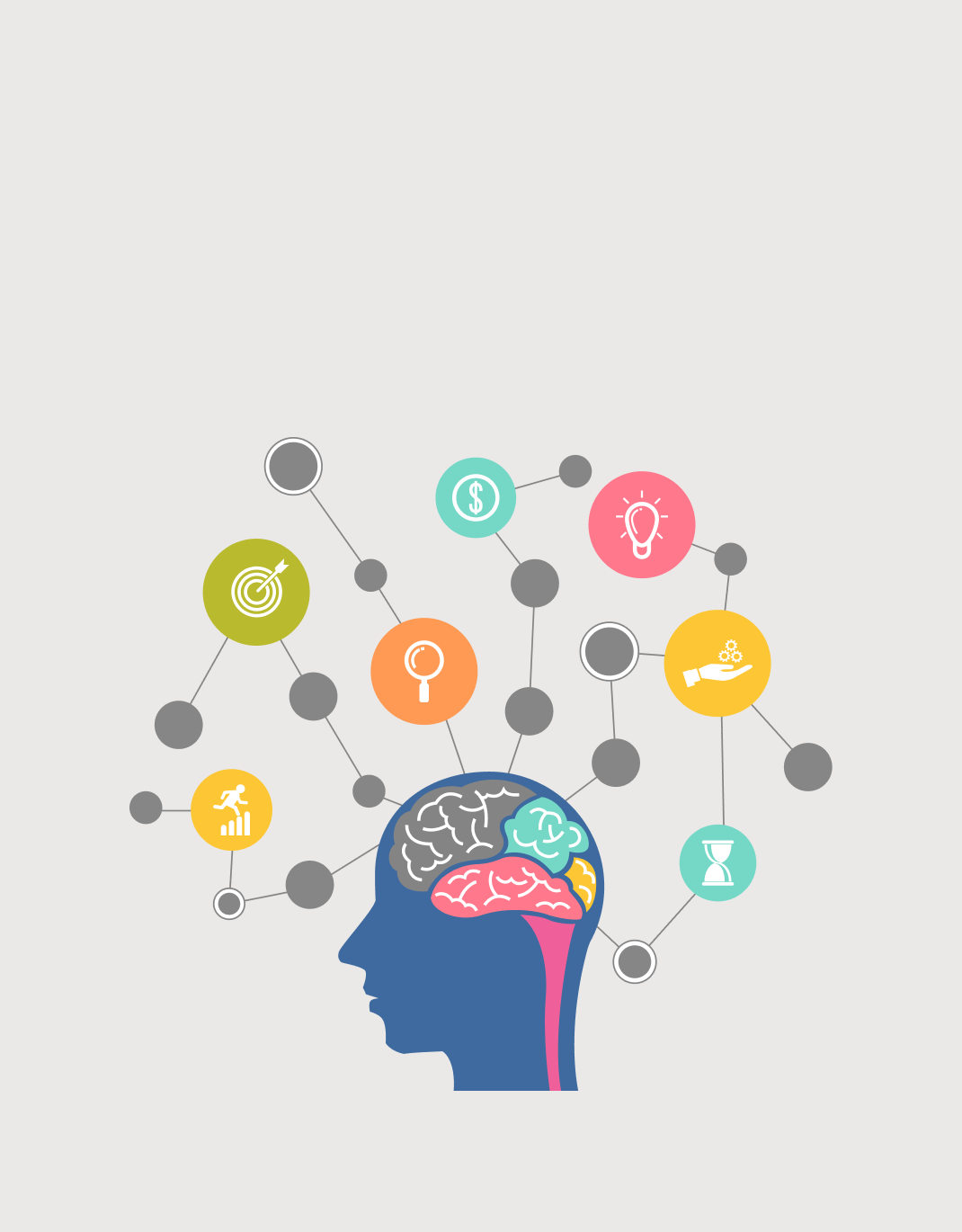شناسایی تجارب زیسته دانشجو معلمان دانشگاه فرهنگیان از عوامل موثر بر افکار اضطرابی
کلمات کلیدی:
افکار اضطرابی, پدیدار شناسی, نقش واحدهای درسی, اهمال کاری دانشجوچکیده
هدف پژوهش حاضر شناسایی افکار اضطرابی دانشجویان مشغول به تحصیل در دانشگاه فرهنگیان آیت اله کمالوند خرم آباد بود. جامعه آماری پژوهش، شامل دانشجویان دانشگاه فرهنگیان آیت اله کمالوند خرم آباد بود که تعداد ۱۷ نفر به عنوان نمونه پژوهش با استفاده از روش نمونه گیری هدفمند و همچنین اشباع نظری انتخاب شد. دادههای استخراج شده از مصاحبههای نیمه ساختار یافته با استفاده از روش کد گذاری و استخراج مضمونهای اصلی و فرعی مورد تحلیل قرار گرفتند. یافتههای حاصل از پژوهش نشان داد که کادر آموزشی شامل: نحوه برخورد کادر آموزشی و رفتار اساتید، نقش خود فرد شامل: نقش عادات فردی و دلایل روحی، افکار رنج آور و تکرار شونده روزانه شامل: بیماری اطرافیان، مسائل مربوط به خانواده و اهمال کاری دانشجو، احساسات و نگرانیهای مربوط به آینده شامل: ناکامی در اهداف آینده و مخاطرات سلامت فردی، تاثیر دیگران شامل: قضاوات و نظرات دیگران و نقش دوستان، خوابگاه دانشجویی شامل: شرایط و محیط خوابگاه و نقش هم اتاقیها و همچنین مسائل مربوط به واحدهای درسی دانشگاه فرهنگیان شامل: ویژگی واحد درسی و نقش امتحان از جمله عواملی هستند که در افزایش افکار اضطرابی دانشجویان مشغول به تحصیل نقش دارند. یافتههای حاصل از پژوهش میتواند جزء برنامههای اصلاحی دانشگاه فرهنگیان جهت رفع افکار اضطرابی دانشجویان قرار گیرد.
دانلودها
مراجع
Campbell-sills, L., Barlow, D. H., Brown, T. A., & Hofmann, S. G. (2006). Acceptability and suppression of negative emotion in anxiety and mood disorders. Emotion, 6, 587-595. https://doi.org/10.1037/1528-3542.6.4.587
Cao, W., Fang, Z., Hou, G., Han, M., Xu, X., Dong, J., & et al. (2020). The psychological impact of the COVID-19 epidemic on college students in China. Psychiatry research. https://doi.org/10.1016/j.psychres.2020.112934
Delong, H., & Pollack, M. H. (2008). Update on the Assessment, Diagnosis, and Treatment of Individuals with Social Anxiety Disorder. https://doi.org/10.1176/foc.6.4.foc431
Doosti, P. (2015). The impact of acceptance and commitment therapy on anxious thoughts of students at Islamic Azad University, Hamadan Branch. First International Conference on Psychology and Educational Sciences, Shiraz. https://civilica.com/doc/460292/
Ghafari, F. (2001). A study of the areas of concern among students at Mashhad universities Faculty of Nursing and Midwifery, Mashhad University of Medical Sciences]. https://jcps.atu.ac.ir/article_1870.html
Hayes, A. M., & Feldman, G. (2004). Clarifying the construct of mindfulness in the context of emotion regulation and the process of change in therapy. Clinical Psychology: Science and Practice, 11, 255-262. https://doi.org/10.1093/clipsy.bph080
Hazlett-Stevens, H. (2010). Psychological Approaches to Generalized Anxiety Disorder: A clinician's guide to Assessment and Treatment. Springer. https://books.google.com/books?hl=en&lr=&id=rWL2KXwM8XcC&oi=fnd&pg=PR1&dq=Hazlett-Stevens,+H.+(2010).+Psychological+Approaches+to+Generalized+Anxiety+Disorder:+A+clinician%27s+guide+to+Assessment+and+Treatment,+Springer.+%09&ots=Nj4Qk3AV3_&sig=6mpzZ_2DbuCESdIyFyQsdb6IDx0
Heydarian, Y., & Tajr, J. (2024). Examining the relationship between academic procrastination, perceived stress, and anxiety in students. First International Conference on Psychology, Educational Sciences, and Social Sciences in Humanities, https://en.civilica.com/doc/2025897/
Hosseini, S. Z., Hosseini, F. S., Khalantari Khodami, Z., & Mohammadi, Z. (2023). The role of education in the comprehensive development of the country. First International Conference on Top Teachers and Leading Schools in the Third Millennium, Bushehr. https://itt.cfu.ac.ir/article_3285.html
Johari, Z., Yamani, N., Omid, A., Shakour, M., & Bazrafkan, L. (2014). The perspective of dormitory students on the importance of environmental factors and their role in physical health, mental health, and academic status. Medical Education Quarterly, 3(1), 15-22. http://mededj.ir/article-1-107-fa.html
Khalilnejadavati, M., Abbasi, Q., & Hadi Nejad, P. (2024). The effectiveness of metacognitive therapy on the credibility of anxious thoughts and feelings in patients with generalized anxiety disorder: A semi-experimental study. https://doi.org/10.61186/jrums.23.3.150
Khoran, F. (2021). The relationship between anxiety and depression with marital conflicts. Fifth National Conference on Law, Social Sciences, and Humanities, Psychology and Counseling, Shirvan. https://civilica.com/doc/1232825/
Maleki, B., & Hosseini, S. A. (2023). Mental health of student teachers: The role of cognitive-emotional regulation, social support, and academic resilience mediated by sleep quality. Theory and Practice in Teacher Education. https://itt.cfu.ac.ir/article_3285.html
Maloret, P., & Scott, T. (2018). Don't ask me what's the matter, ask me what matters: Acute mental health facility experiences of people living with autism spectrum conditions. Journal of Psychiatric and Mental Health Nursing, 25(1), 49-59. https://doi.org/10.1111/jpm.12438
Moradi, S., & Khosrovani, N. (2023). Examining test anxiety and its impact on the academic performance of students. Tenth National Conference on Recent Advances in Positive Psychology, Bandar Abbas. https://civilica.com/l/144004/
Mulholland, B., Chitiz, L., Wallace, R., McKeown, B., Milham, M. P., Klein, A., Leech, R., Jefferies, E., Poerio, G., Wammes, J., Stewart, J. G., Hardikar, S., & Smallwood, J. (2025). Patterns of Ongoing Thought in the Real World and Their Links to Mental Health and Well-Being. bioRxiv. https://doi.org/10.1101/2024.07.22.604681
Öztekin, G. G. (2025). The relationship of future anxiety with a multidimensional framework of well-being among undergraduate students: optimism and pessimism as mediators. BMC Psychol, 13, 40. https://doi.org/10.1186/s40359-025-02387-8
Özyürek, A., & Demiray, K. (2010). YURTTA VE AİLESİ YANINDA KALAN ORTAÖĞRETİM ÖĞRENCİLERİNİN KAYGI DÜZEYLERİNİN KARŞILAŞTIRILMASI. Doğuş Üniversitesi Dergisi, 11(2), 247-256. https://doi.org/10.31671/dogus.2019.166
Pourghaz, A., & Raqibi, M. (2005). A comparative study of the mental health of high school students in Zahedan. Journal of Educational Sciences and Psychology, 69-84. https://jeps.usb.ac.ir/article_783.html
Rodebaugh, T. L., & Heimberg, R. G. (2008). Emotion Regulation and the Anxiety Disorders: Adopting a self-Regulation Perspective. In. Springer. https://link.springer.com/content/pdf/10.1007/978-0-387-29986-0_9.pdf
Salehinia, K., & Ahyai, M. (2023). The role and position of teachers in serving the community. Fourteenth National Conference on Management Research and Humanities in Iran, Tehran. https://www.noormags.ir/view/en/articlepage/2136456/%D9%86%D9%82%D8%B4-%D9%88-%D8%AC%D8%A7%DB%8C%DA%AF%D8%A7%D9%87-%D9%85%D8%B9%D9%84%D9%85-%D8%AF%D8%B1-%D8%AE%D8%AF%D9%85%D8%AA-%D8%B1%D8%B3%D8%A7%D9%86%DB%8C-%D8%A8%D9%87-%D8%AC%D8%A7%D9%85%D8%B9%D9%87?q=%D8%AC%D8%A7%DB%8C%DA%AF%D8%A7%D9%87%20%D9%85%D8%B9%D9%84%D9%85&score=34.188805&rownumber=4
Shadkam, H. (2024). Examining the impact of stress coping methods training on anxious thoughts and self-efficacy of female heads of households supported by Imam Khomeini Relief Committee in Hamadan Province. First National Congress on Sustainable Development and Social Responsibilities: Challenges and Solutions, Shiraz. https://civilica.com/doc/2169698/
Soltani, I., Bahreinian, S. A., Masjedian Arani, A., Farhoudian, A., & Gachkar, L. (2015). Psychometric characteristics of the questionnaire on the credibility of anxious thoughts and feelings. Researcher Bulletin of Medical Sciences, 20(5), 273-282. https://www.sid.ir/paper/18149/fa
Sun, A. (2023). The effect of sleep quality on social anxiety among college students: mediating effects of regulatory emotional self-efficacy and dormitory interpersonal distress. In 2023 7th International Seminar on Education, Management and Social Sciences (ISEMSS 2023), https://doi.org/10.2991/978-2-38476-126-5_119
Vazifeh Shenas, H., Panq, M., & Parandouji, S. (2016). Examining the relationship between the mental health of students and the mental health of teachers. Global Conference on Psychology and Educational Sciences, Law, and Social Sciences at the Dawn of the Third Millennium, https://www.sid.ir/paper/827725/%D8%AE%D8%B1%DB%8C%D8%AF%20%D8%A7%D9%82%D8%B3%D8%A7%D8%B7%DB%8C%20%DA%AF%D9%88%D8%B4%DB%8C%20%D8%A2%DB%8C%D9%81%D9%88%D9%86%2014
Vitasari, P. (2010). The Relationship between Study Anxiety and Academic Performance among Engineering Students. Procedia Social and Behavioral Sciences, 8, 490-497. https://doi.org/10.1016/j.sbspro.2010.12.067
Wells, A. (2000). Emotional disorders & metacognition, innovative cognitive therapy. John Wiley & Sons LTD. https://books.google.com/books?hl=en&lr=&id=PrwcNh4euasC&oi=fnd&pg=PR5&dq=Wells,+A.+(2000).+Emotional+disorders+%26+metacognition,+innovative+cognitive+therapy.+England,+John+Wiley+%26+Sons+LTD.+%09&ots=og_Vp7_qWk&sig=VxQ8kMb9YPWHYtg_x_nsMSf-NR8
Wells, A. (2006). The anxious thoughts inventory and related measures of metacognition and worry. In C. L. D. Graham (Ed.), In Worry and its psychological disorders; theory assessments and treatment (pp. 121-136). John Wiley & Sons Ltd. https://doi.org/10.1002/9780470713143.ch8
Wells, A., & Davies, M. I. (1994). The thought control questionnaire: A measure of individual differences in the control of unwanted thoughts. Behavior Research and Therapy, 32(8), 871-878. https://doi.org/10.1016/0005-7967(94)90168-6






